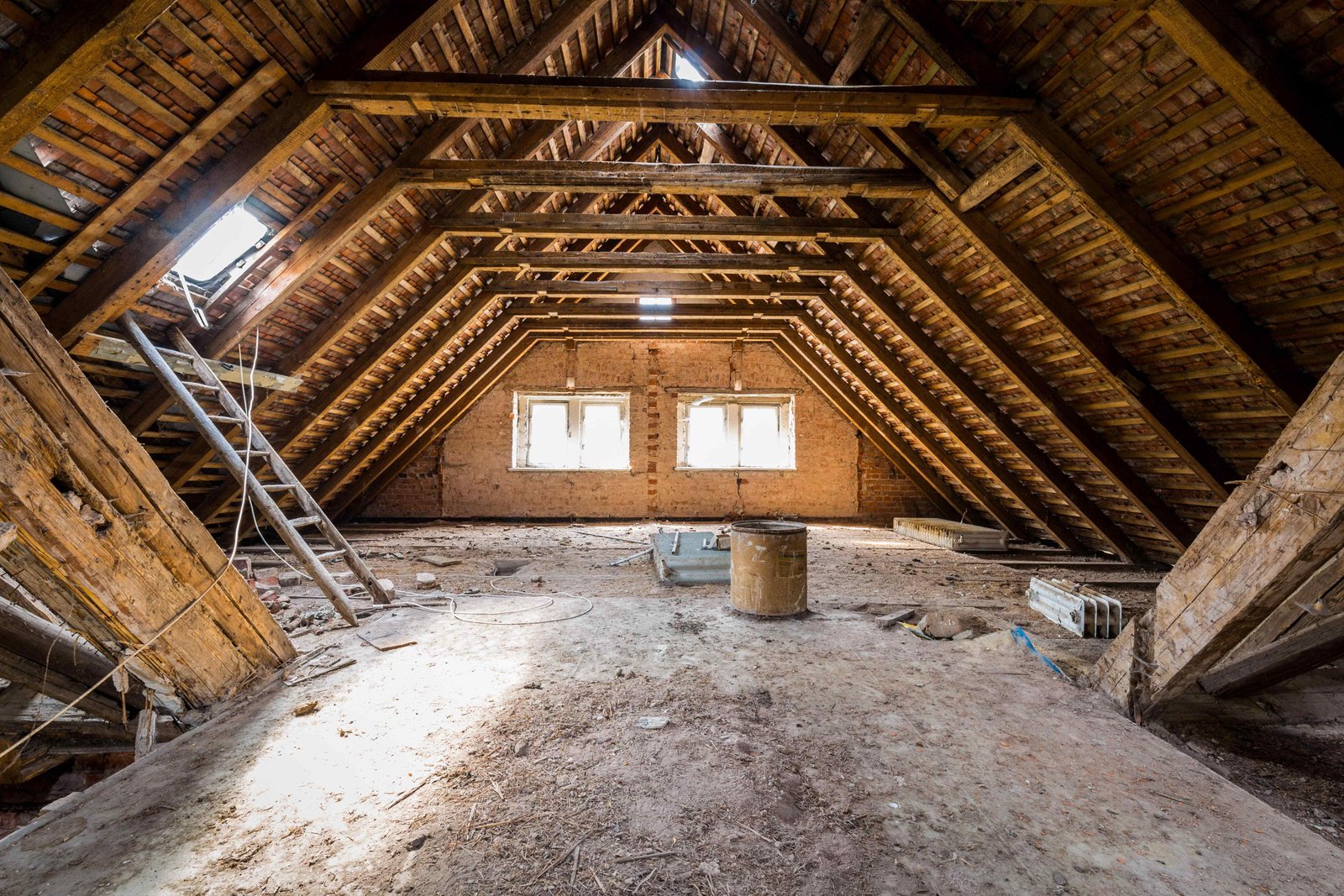Home insulation is an important consideration for every homeowner looking to save money on energy costs. Functional home insulation can help you save thousands of dollars annually in energy costs. With the appropriate insulation installed, you get a chance to block heat transfer and draft air, increasing your energy use efficiency.
If you’re already suffering from increased energy costs due to no or aged insulation, now is the time to consider Austin Texas Insulation Removal and reinstallation. Learn more about how insulation installation can lower your energy bills in the winter.
Lowering Energy Bills With Attic Insulation
The United States Department of Energy has reported that homeowners spend as much as 49% of their energy costs on heating and cooling. The cost of heating and cooling the home increases during the winter and summer months. Most homeowners will likely crank up their heaters during winter to combat the dropping temperatures.
The effectiveness of heaters becomes diluted when there’s no insulation or when insulation is old and damaged. Homeowners may need to crank their heating units higher which means more energy costs to combat the draft air and temperature exchange. However, with proper insulation installed, this can be avoided.
Homeowners can effectively seal off indoor and outdoor temperature exchanges with new and solid insulations. By sealing off this interaction, they can keep their indoor space safe from cold winter air, improve their heating unit’s efficiency, and save costs by maintaining a constant indoor temperature.
Do You Need New Insulation?
The North American Insulation Manufacturers Association, NAIMA, reported that 90% of U.S. single-family homes are under-insulated. This means that there is a high chance that your home is under-insulated. With under-insulation, you’re losing more money that could be saved in energy costs.
The best way to determine whether your home is under-insulated or not is to conduct an energy evaluation. Begin by comparing your home’s R-value to the U.S. Department of Energy’s standard recommendation.
In addition to this, you can also;
– Inspect all unfurnished ceilings and walls in your home to see if they are insulated.
– Check all electrical wiring and piping fittings for insulations.
While some homes may have insulations, these insulation materials may be substandard. Here are some of the ways to check if your insulation is poor;
– Check if your indoor temperature varies greatly from room to room.
– Check your power bills for extreme upticks during the peak summer and winter months
– Look for icicles hanging from your rooftop in the winter – this is a good sign of poor attic insulation.
– Check for drafts around windows, doors, dryer vents, chimneys, etc. This is often a good sign of air leakage.
Cost vs. Value of Home Insulation
Many homeowners consider the cost of insulating their property to be on the high side. However, insulation costs often pay for themselves over time, especially as it shaves off extra energy costs. With the different insulation options available, homeowners can conveniently spend between $1,000 and $2,000 to upgrade their existing insulation. The cost of removing and replacing old insulation may vary greatly based on the specific insulation type. However, there are plenty of advantages to doing this.
According to EPS estimates, homeowners can conveniently save as low as 15% of their heating and cooling costs by adding insulation to their attics, basements, and crawlspaces. The 15% saving on heating and cooling contributes to saving as much as 11% on overall household energy costs.
For most homeowners, the energy savings may mean a difference of between $150 and $250 in their annual energy cost. When this estimation is done over the lifespan of your insulation, it is easy to see the advantage of enjoying improved indoor energy cost, better indoor air quality, and other benefits.
Where to install insulation in your home
Insulating your home offers many benefits, including decreased energy costs and improved indoor air quality. However, these benefits can be pronounced when you install insulations in the right places.
For many homeowners, attic insulation is a great addition to their homes. This is because it blocks heat exchange during the summer and winter while protecting the roof from common moisture-related damages. With attic insulation in place, you can also prevent mold and mildew problems and safeguard your home from pest attacks.
Other than installing insulation in the attic, homeowners can also install them under their floors, behind walls, and in crevices made by electrical and plumbing professionals. Installing insulation in these areas also makes your home soundproof, improving your sleep quality.

